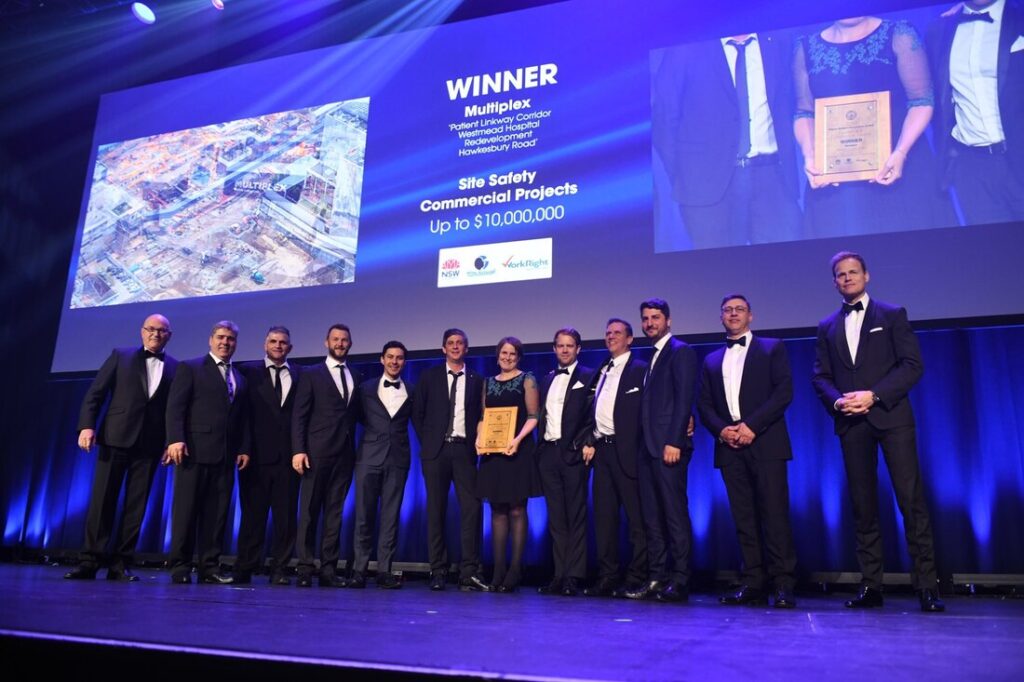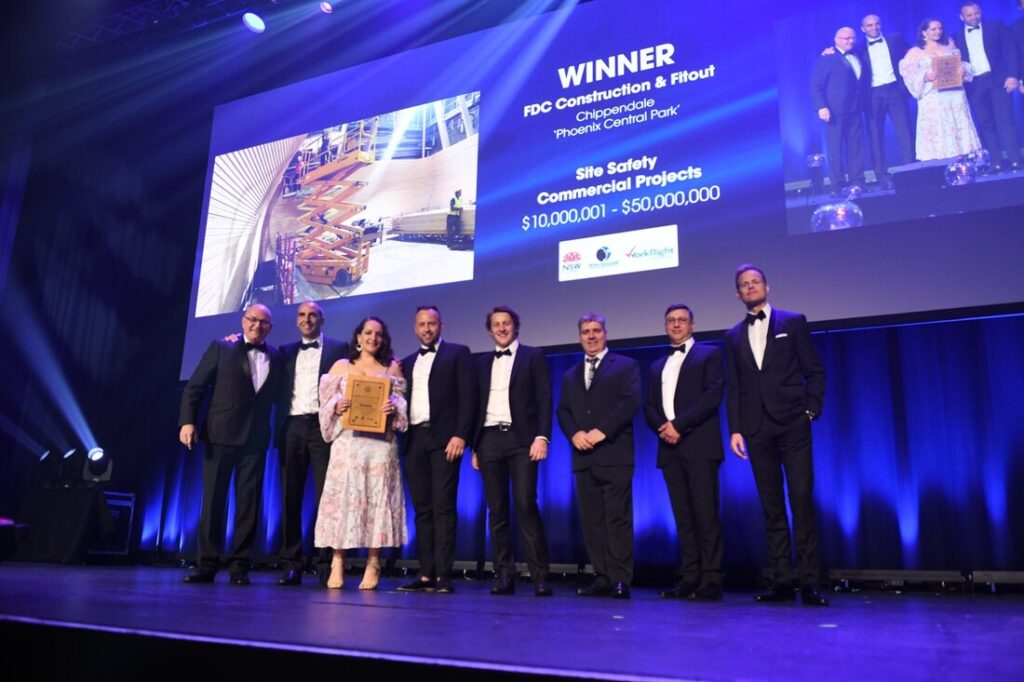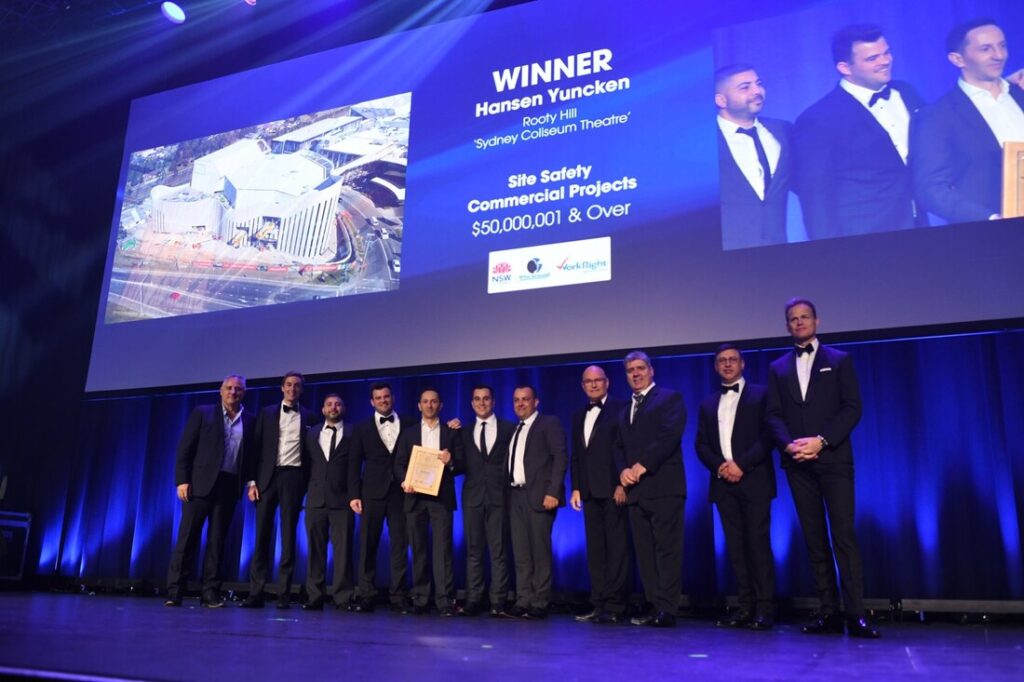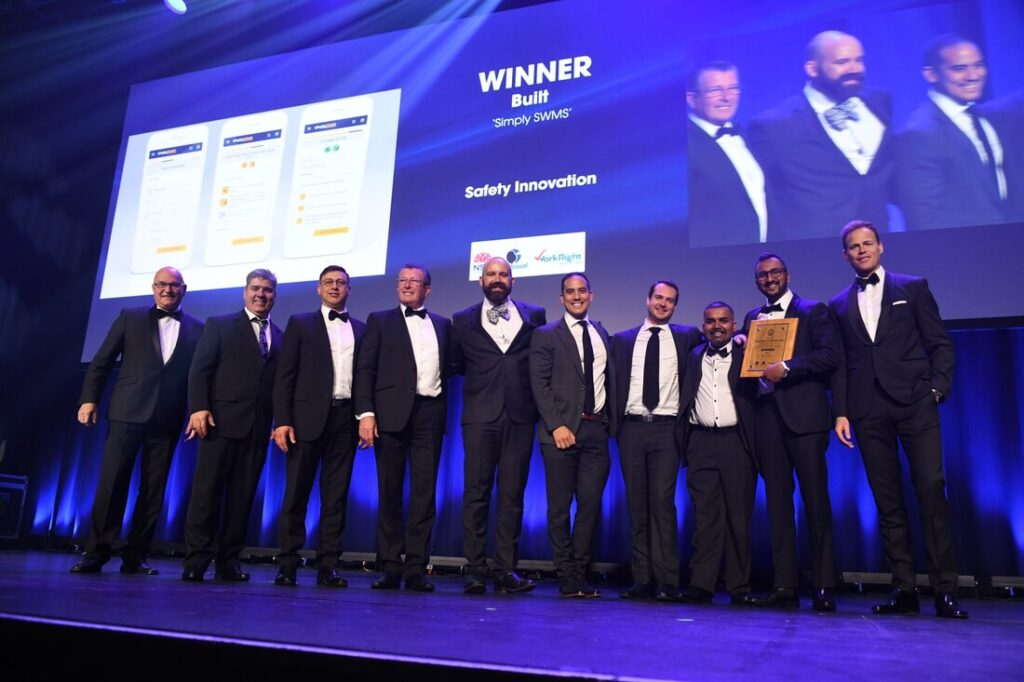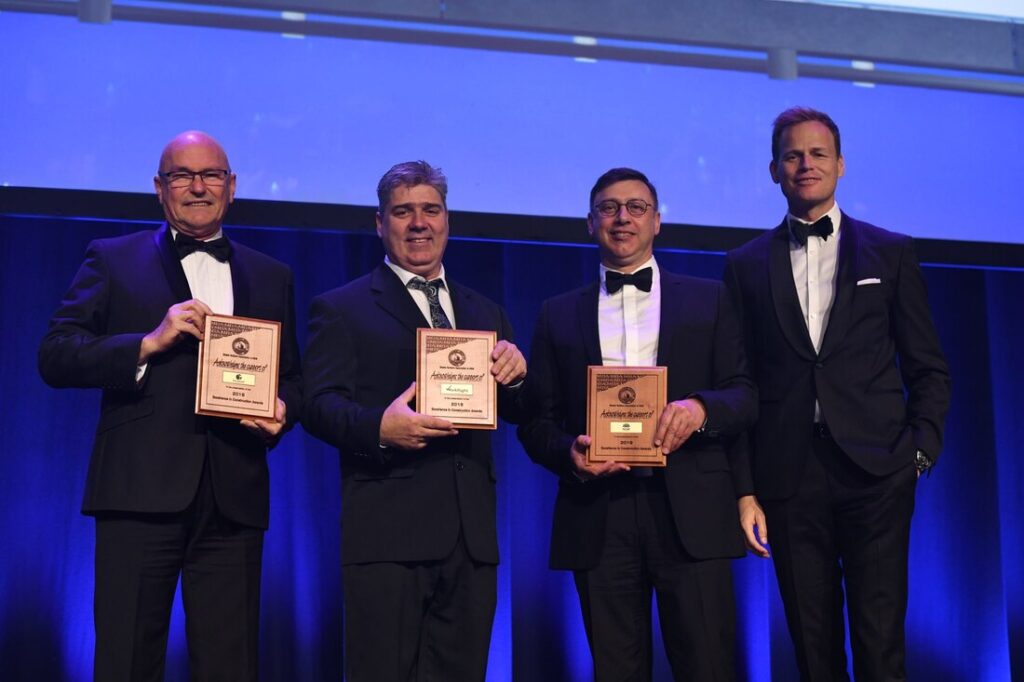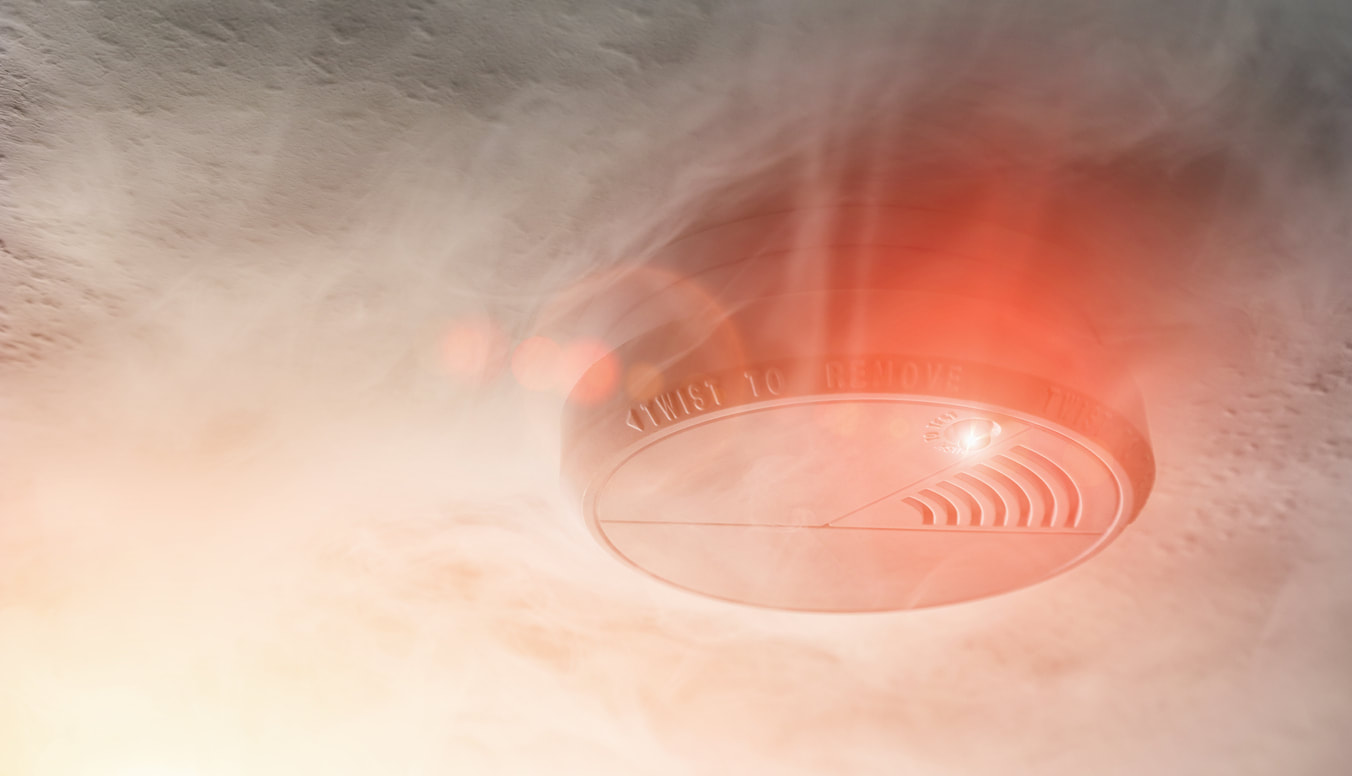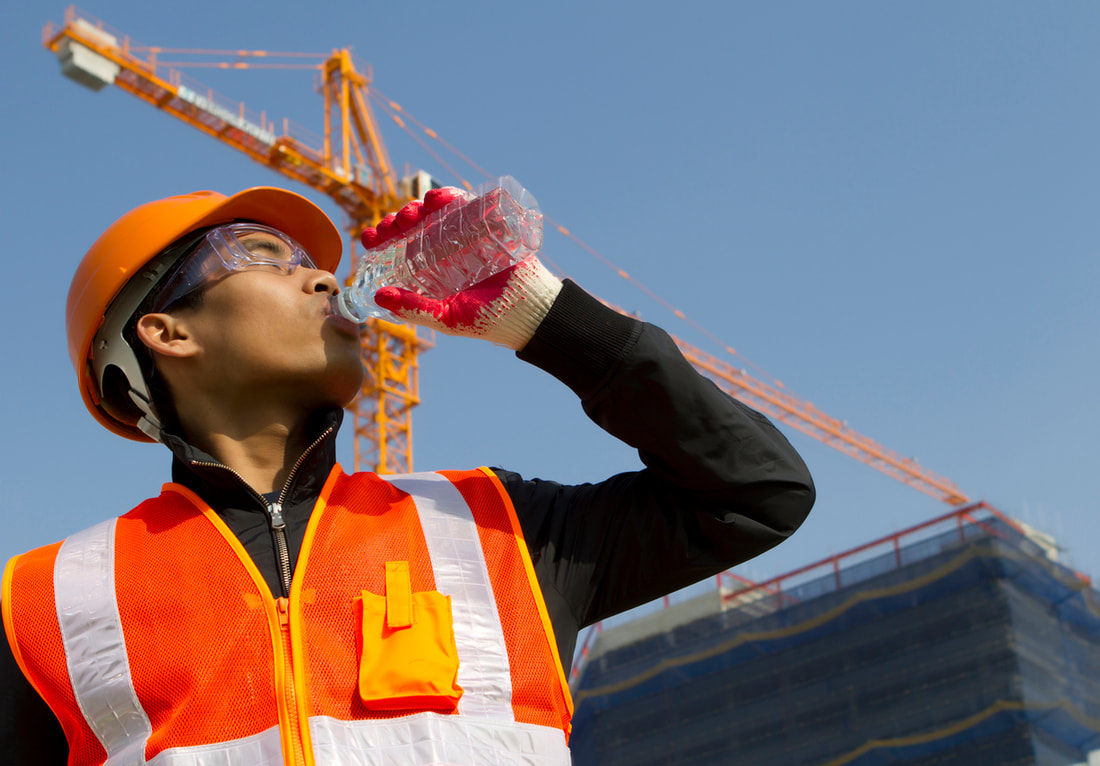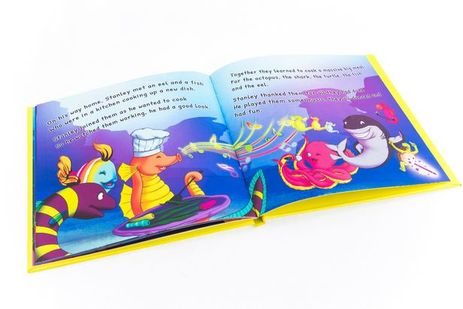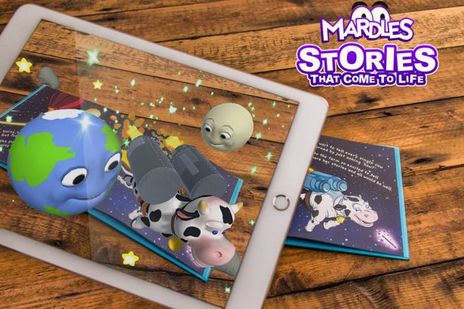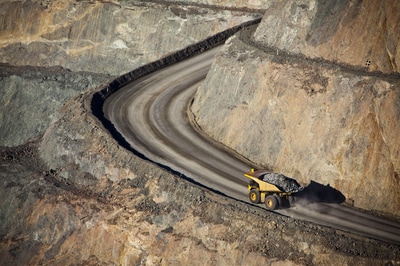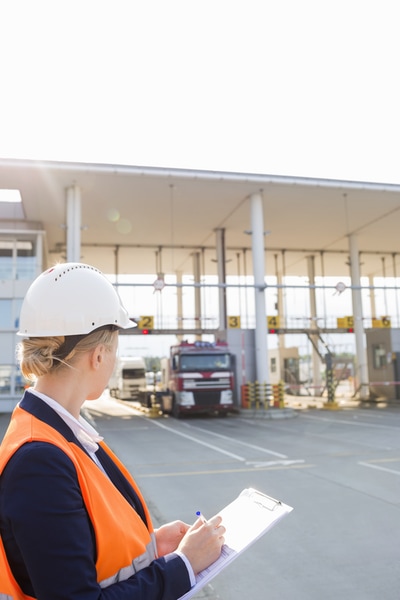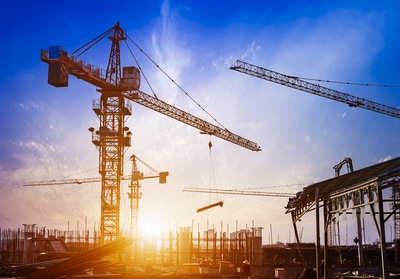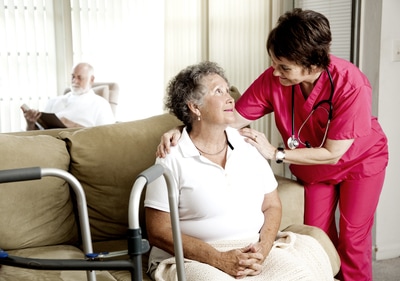Between 2018/19, 276 drownings occurred in Australia, a large portion were young children between 0-4 years, with 84% of all deaths involving accidental falls. The Australian lifestyle often includes activities around water, so swimming will no doubt become part of a child’s life. Therefore, it’s essential that information on water safety is easily accessible for parents to understand safety guidelines to help prevent drowning. Also, that swimming lesson opportunities are provided, allowing children to learn to swim well.
The team at Pro-Visual Publishing caught up with Swimming Water Safety Advocate, Dave DuBois, from Carlile Swimming to chat about all things water safety.
Carlile Swimming, located in Sydney, is a Premier Swim School with award winning programs. They are dedicated to nurturing a child’s lifelong love of the water by providing comprehensive training and being part of a family’s journey to water safety and safer swimming.
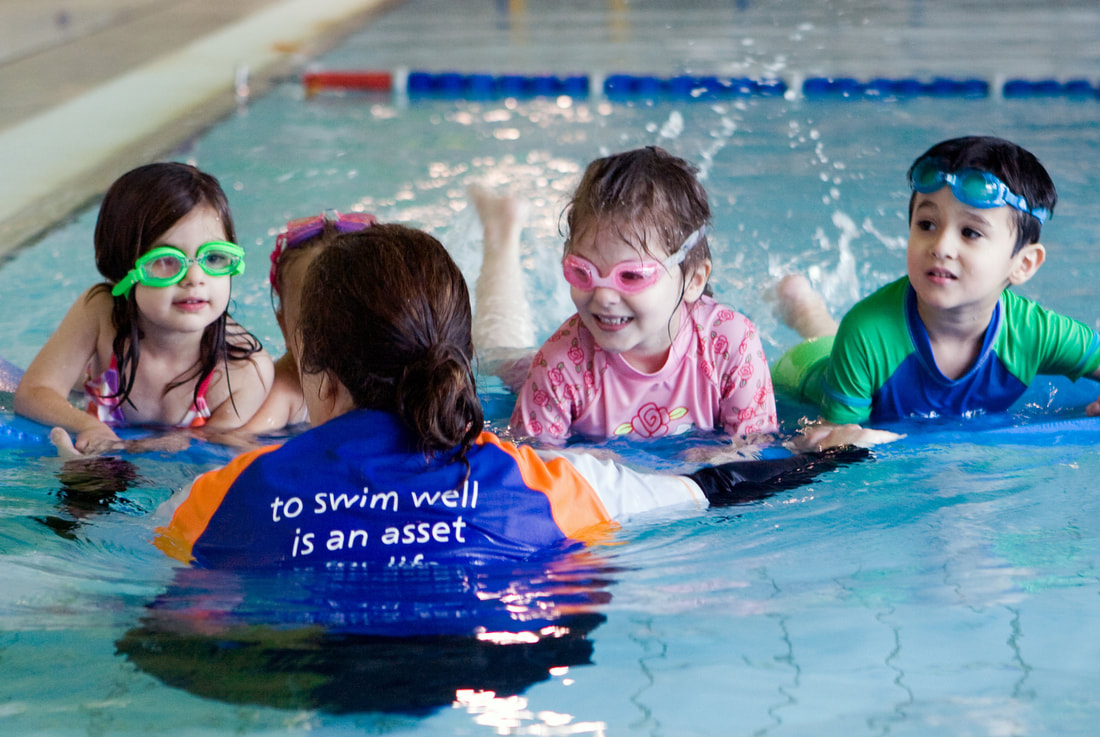
Dave emphasises that weekly year-round lessons are critical to capability success and he urges parents to start as soon as possible. Dave says “Do it, do it now, don’t wait! Without a doubt, swimming is the most important activity you can have your child involved in. It can literally save your child’s life and provides lifelong benefits.”
In addition to regular swimming lessons, resources are available to provide further assistance or advice to stay safer around water including Kids Alive do the Five and the National Drowning Report by the Royal Life Saving Australia. Dave expresses that the Australian Swim School Association’s ‘SAFERlayers of Protection’ is also crucial in reducing the risk of drowning, but still there is no 100% guarantee when it comes to ensuring a child’s safety in the water.

“There is always an inherent risk around water that can’t be eliminated. However, there are many things that can be done to reduce the risk and help make children SAFER around water,” Dave says.
The recently published National Guide to Public Pools & Aquatic Centres by Pro-Visual Publishing provides detailed information on vital water safety topics and is currently displayed across swim schools Nationally.
“It’s all about community education and awareness, the resource Pro-Visual Publishing have produced is fantastic. It’s great when industries are producing similar messaging.” Dave says.
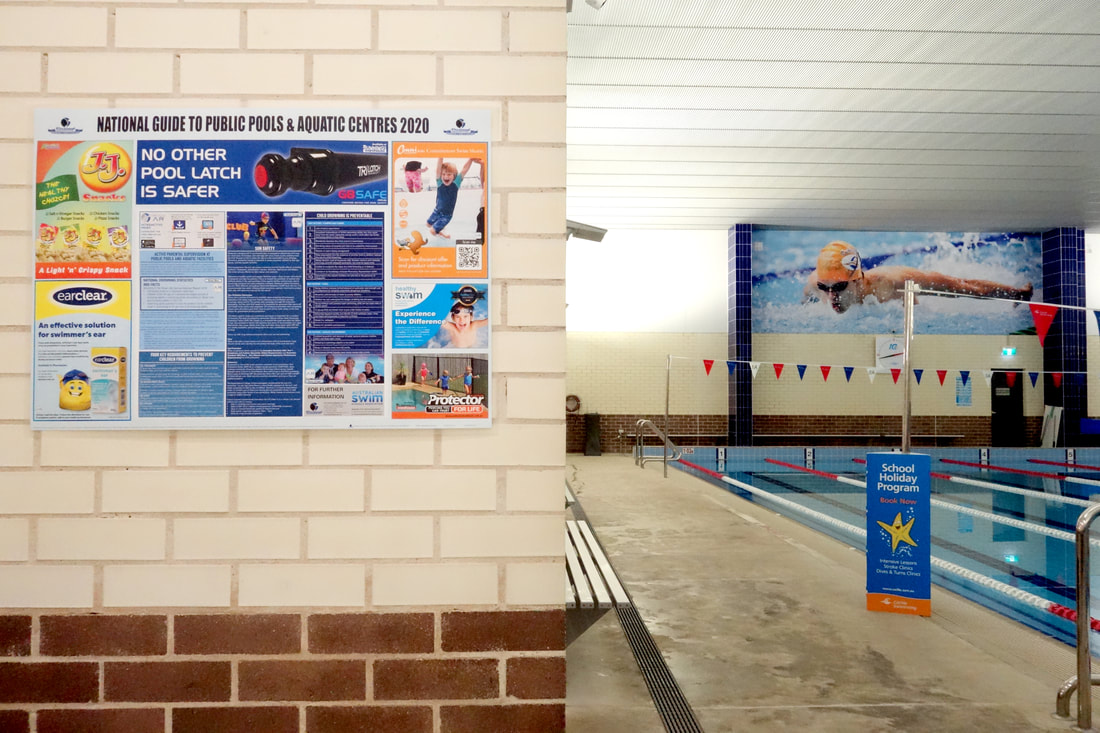
Both swimming lessons and swim safety resources ensure assistance and support is readily available to aid in the prevention of drowning and build safety awareness. If you’re considering lessons, don’t wait, act now and give your child the best opportunity you can to help them stay safer around water.
